Nature is beautiful and can be crazy sometimes. There are six elements of nature which are water, fire, earth, light, darkness and spirit. When you look deeper into the unexplainable configuration of the universe, some physical features like mountains and rivers in their extreme and distinct forms tend to explain nature better.
Scientists believe that asteroids are most likely the primary source of Earth’s water and rivers or streams are formed by melting snow and ice, or by rainwater running off the land. But people who worship nature especially custodians of some water bodies have differ opinion. They believe that some powerful persons in the past who did not want to die in vain or were forced to exit the world decided to turn themselves to water bodies.
Africa as a continent is not exempted. Nigeria is one of the leading African countries blessed with amazing and exceptional physical features across all states. Majority of these physical features have become places of worship. Apart from being UNESCO’s world heritage site through efforts of Australian-born artist, Susan Wenger and other local artists in Osogbo, River Osun has consistently survived agitations, modernity traps and struggles of land grabbers to make mockery of its standard, size and international recognition.
Of all the physical features, River Osun seems to be different, controversial and exceptional. Truly, River Osun takes it source from Igede-Ekiti but the principal sanctuary is in Osogbo, the capital of Osun State. The people of Osogbo worship River Osun annually because the festival renews the contract between humans and the divine (River Osun goddess).
But a further check by WITHIN NIGERIA revealed that the natives of Esa-Odo, a village situated in Obokun Local Government, State of Osun also worship the River Osun goddess. The people of Esa-Odo do not only worship the diety, they also claim to be the right owners of the River Osun goddess. For the purpose of clarity, WITHIN NIGERIA decided to visit the ancient town. We embarked on a long trip to bring useful informations to the door steps of our esteemed readers.
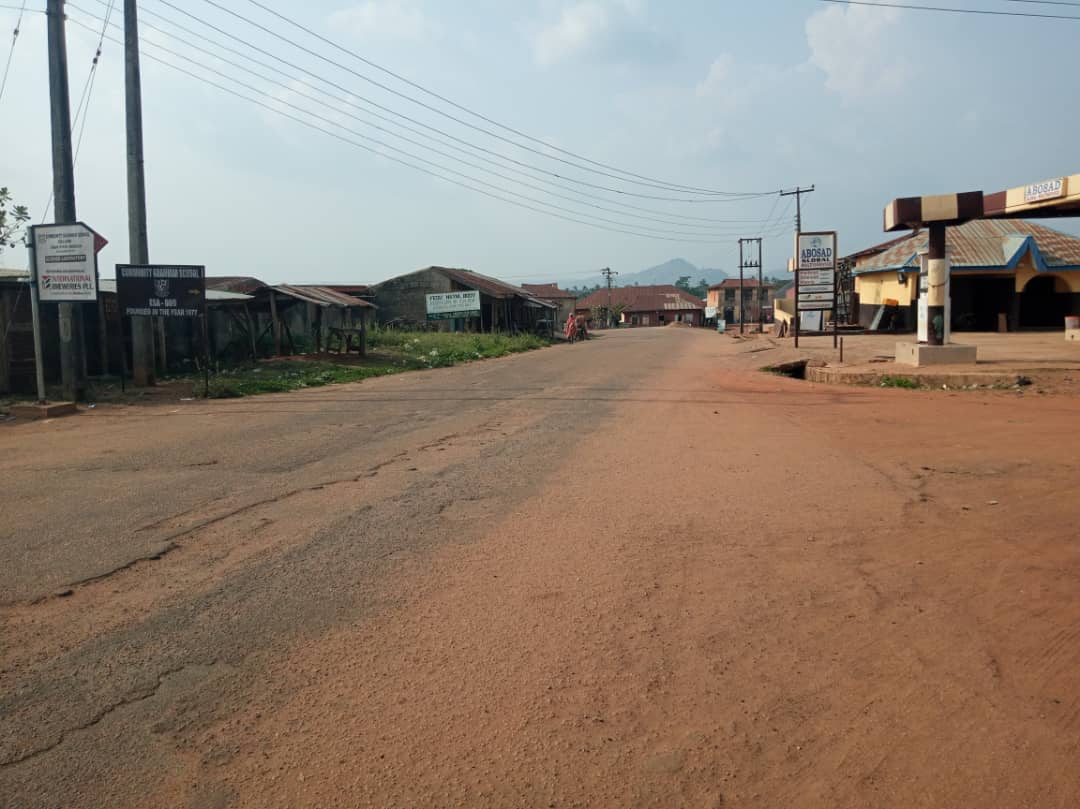
Esa-Odo is an agrarian community located at the bank of River Osun. This reporter travelled to Ilesa, the headquarter of Ijesaland. There is a junction few metres from Ilesa Central Mosque where there are vehicles transporting people and goods from Ilesa to Ijebu-Ijesa. When this reporter alighted at the Ijebu-Ijesa, there is a small garage directly opposite the Ijebu-Ijesa Central Mosque where there are vehicles that transport people from the ancient town to neighbouring towns. This reporter boarded a bus and travelled down to Esa-Odo. Truly, it is an ancient village of brown roofs and mud houses. This reporter alighted at Esa-Odo roundabout which is few metres away from the Palace of His Royal Majesty, Oba Adeniran, the Ejemu-Oje of Esa-Odo.
Just like Osogbo, the palace is not far from River Osun but there are differences in terms of size, access and cultural value. Besides the setting up of a dam from River Osun for industrial use at the International Breweries, this reporter met people swimming at the river bank which shows that people have easy access to the water. Unlike Osogbo where the water has been grossly polluted as a result of gold mining, the river in Esa-Odo is relatively clean and safer for use. This reporter had earlier concluded that River Osun in Esa-Odo is solely and purposely maintained for industrial use while the one in Osogbo is solely and purposely maintained for cultural use considering the appearances and other associated factors.
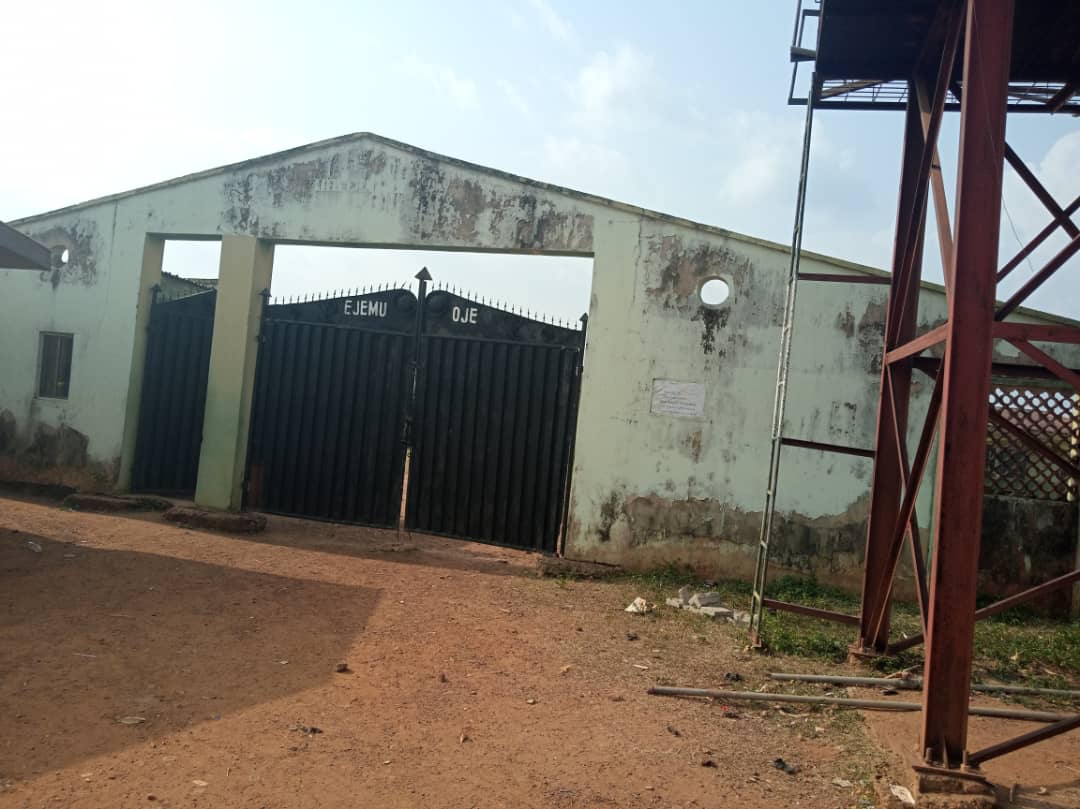
When this reporter visited the palace of his Royal Majesty, the Ejemu-Oje of Esa-Odo, Oba Adeniran, the monarch exposed him to the deep tradition of Osun worshippers in Esa-Odo and cleared all controversies about the cultural value of River Osun in Esa-Odo. The palace has a wide compound and a small car garage where vehicles suspected to be escort of the monarch were parked. Inside the palace lies a particular building where chairs were neatly arranged and the monarch, Oba Adeniran and some of his traditional chiefs could be seen patiently seated in their respective chairs.
How Esa-Odo was created?
The roots of Esa-Odo can be traced to Ile-Ife, the cradle of Yoruba race. The foundational tale of Esa-Odo began with a woman identified as ‘Yeela’ who was the eldest wife of Olofin because the powerful people in olden days had many wives.
WITHIN NIGERIA gathered that Olofin is the name given to one of the three manifestations of the Supreme God in the yoruba religion. Olofi is the ruler of the Earth. The Supreme God has three manifestations: Olodumare, the Creator; Olorun, ruler of the heavens; and Olofi, who is the conduit between Orún (Heaven) and Ayé (Earth).
Out of all the children ‘Yeela’ had for Olofin, they were two prominent sons who were brave, agile and courageous. These sons identified as Ejemu-Oje and Owamiran were brave hunters. Findings revealed that Owamiran who was the eldest and Ejemu-Oje, his younger brother always went for hunting spree which sometimes took months. They went for a hunting spree which lasted for a month and when they returned, their mother, “Yeela” had left Ile-Ife with their siblings as a result of misunderstanding that transpired then.
Owamiran and Ejemu-Oje were confused and worried about the welfare and state of their mother and other siblings. They pondered on the matter and decided to contact an Ifa priest for divination. The Ifa priest gave them a wooden structure called “Apoti Ide”, asked them to take a long walk and placed it anywhere they see ‘snails’. Like the sons, their mother, ‘Yeela’ also contacted another Ifa priest, followed his instructions, passed through and settled in Ekiti before they finally met in a forest called “Igbo Eledumare” also known ‘Forest of God”. The forest is still in existence till date and it serves as a link between Esa-Oke and Esa-Odo.
After the divine meeting between Yeela, Ejemu-Oje and Owamiran at the Igbo Eledumare, Yeela sent a message to Ekiti and informed the likes of Olojudo, Olojedo, Alara and others to come down to Igbo Eledumare. A royal prince from Ile-Ife reportedly visited them and developed interest in Owamiran because he was taller than Ejemu-Oje and selected Owamiran for royalty title. This development caused a misunderstanding between the two brothers but it was later resolved by their mother, Yeela.
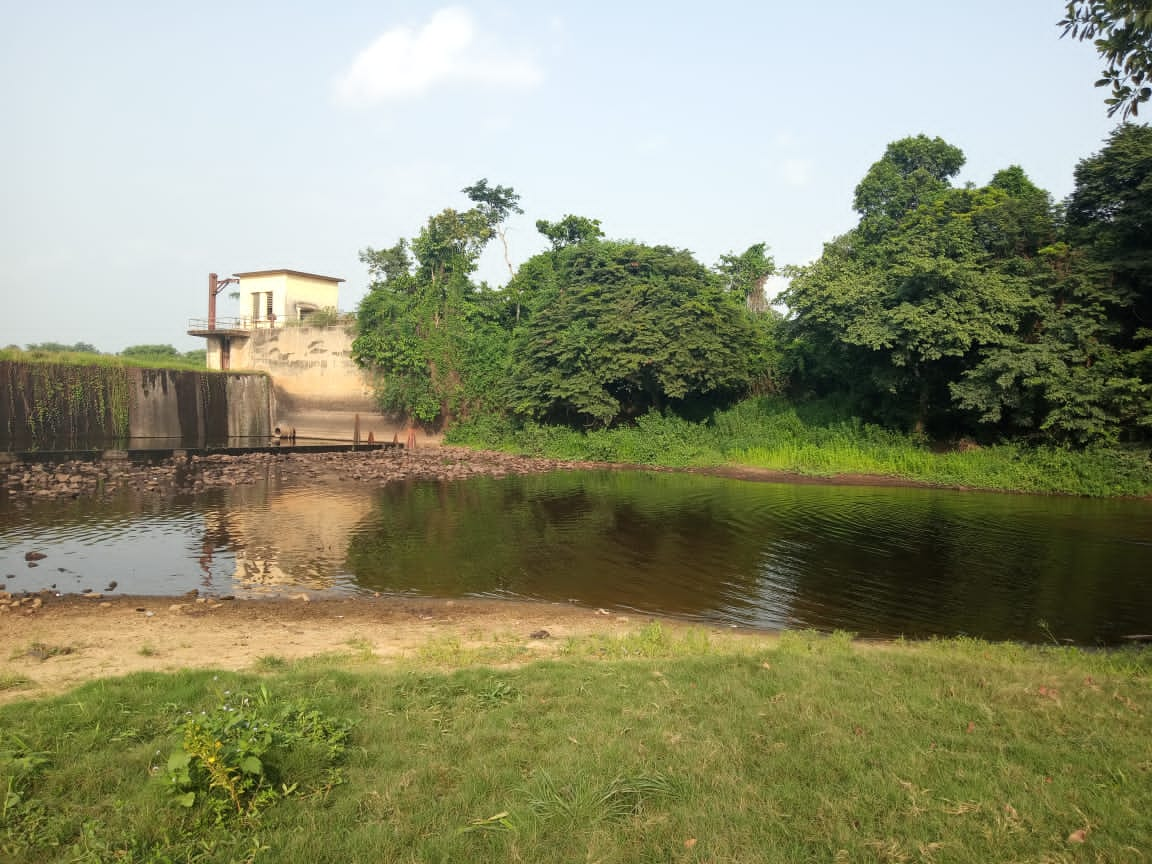
The relationship between Osun goddess, Owamiran and Ejemu-Oje
His Royal Majesty, the Ejemu-Oje of Esa-Odo, Oba Adeniran told WITHIN NIGERIA that ‘Yeela’, the mother of Owamiran, Ejemu-Oje who are progenitors of Esa-Oke and Esa-Odo respectively gave birth to Osun goddess.
How Yeela, mother of Osun goddess, Owamiran and Ejemu-Oje left the world?
Oba Adeniran told WITHIN NIGERIA that there was another misunderstanding after Yeela called all her children and resolved the dispute between Owamiran and Ejemu-Oje.
The monarch who have spent 50 years on throne added that children of Yeela who came from Ekiti wanted to take her home while the ones in Ijesa did not want to leave her too. Yeela disappeared. She was taken away by whirlwind.
There is an annual festival in Yeela’s name. Whenever it’s celebrated in Esa-Oke, two or three days later, we celebrate it here too in Esa-Odo, he added.
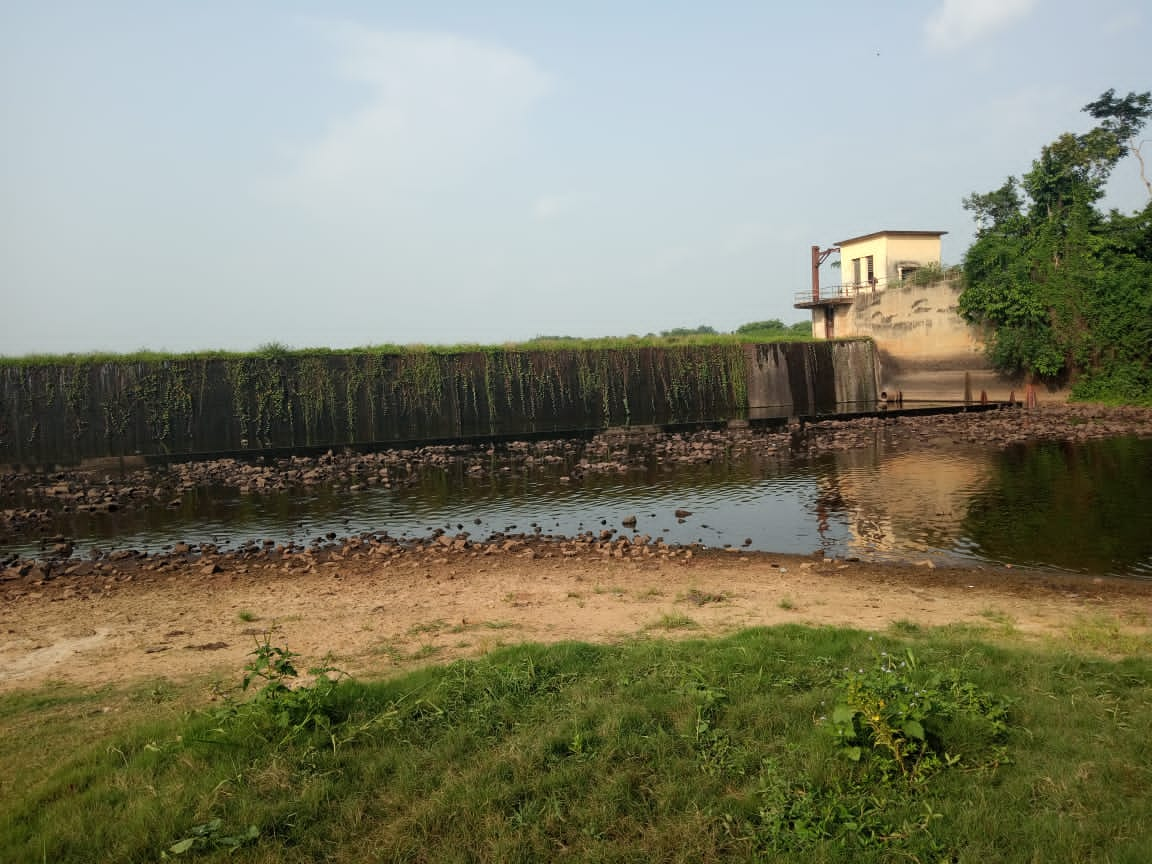
How Osun goddess moved from Esa-Odo to become a river in Ekiti
Oba Adeniran while explaining how Osun goddess became a river said: Following the resolution of the dispute between Owamiran and Ejemu-Oje, one of the children of Yeela who came from Ekiti complained bitterly about the undrinkable state of water in Igbo Eledumare. An Ifa priest was consulted and he told them to move upward and settled down in any area they see shrubs or water plants.
0sun goddess who was one of the children of Yeela left Igbo Eledumare and asked Ejemu-Oje and others to wait for her. She moved upward, turned into water at Igede-Ekiti and later moved downward to where she asked Ejemu-Oje and others to stay. She extended her tentacles and became a wide river here and till date, where she asked Ejemu-Oje and others to wait for her remains her ‘true shrine’, the aged monarch added.
Oba Adeniran further added that the place where Ejemu-Oje and others waited for her is a sacred one.
‘We crown kings there and we do not allow any guest to enter there. Only sons and daughters from Ejemo-Oje compound can enter the sacred place. It moved from here to Iponda, Osogbo and passed through other towns before it got linked to Okun. River Osun is the only flowing water that linked up with Okun. We also worship River Osun annually here, the monarch added.
Why the people of Esa-Odo and Osogbo worship River Osun goddess differently?
When asked why natives of Esa-Odo and Osogbo worship Osun deity differently, Oba Adeniran told WITHIN NIGERIA that indigenes of Esa-Odo are Ijesas while indigenes of Osun are Oyos.
According to the monarch, the ways and manners of worshipping the female deity are different but it is very clear and fundamental that the origin of River Osun can be traced from Esa-Odo which I have explained earlier.
Taboos associated with River Osun in Esa-Odo
The Ejemu-Oje of Esa-Odo, Oba Adeniran told WITHIN NIGERIA that there are several taboos associated with River Osun but most of these taboos have effect only sons and daughters from Ejemu-Oje and Osun family compounds.
The aged monarch said it is a taboo for any indigene who comes from Osun family compound to eat Oka Baba known as Guniea Corn or Sorghum but other natives of the town are free to eat it.
According to the monarch, “these taboos cut across children of Osun who settled in Ekiti but still have existing family compounds here Alara, Elerio, Elejemu, Olojudo and others.
Why only aged women from Osun family compounds are allowed to come closer during rituals?
The monarch further stated that only aged women from Osun family compounds in their eighties or so are allowed to get closer to the rituals or processions. If any woman from Osun family compounds who has not given birth moves closer during the ritual, she would never give birth again.
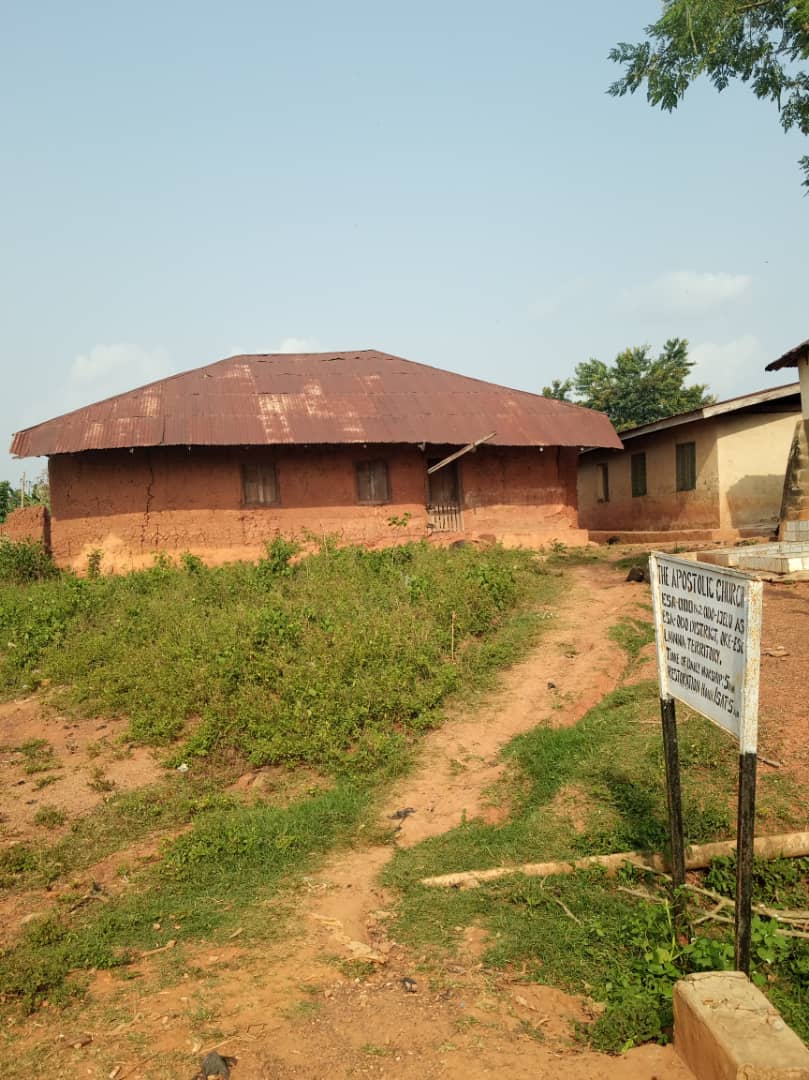
WITHIN NIGERIA visited the residence of Iya Osun in Esa-Odo but her house was under lock. All efforts to reach her were futile but we still look forward to speak to her on certain issues.
Sodiq Lawal Chocomilo writes from Osogbo, capital of Osun state and can be contacted via adewale858@gmail.com
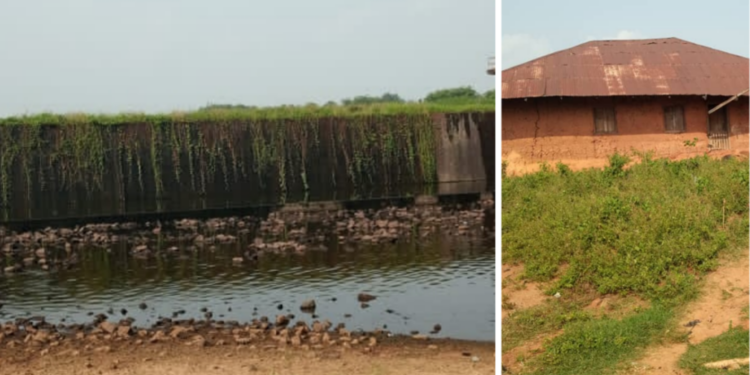



Discussion about this post